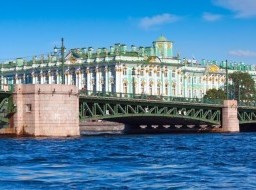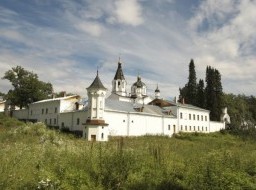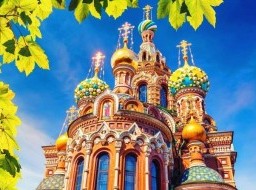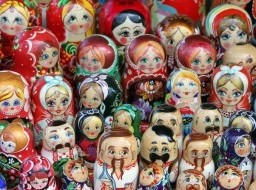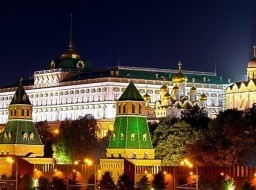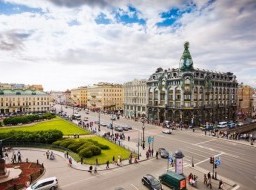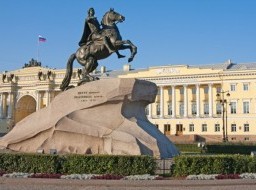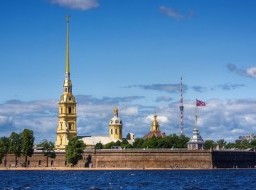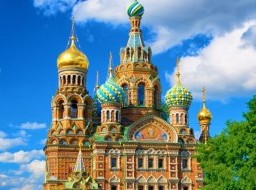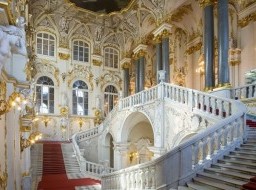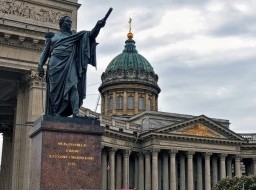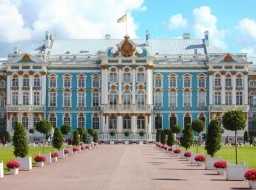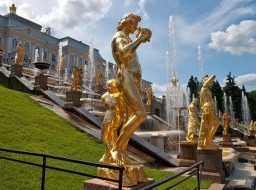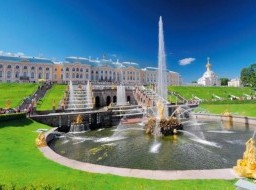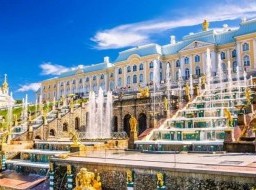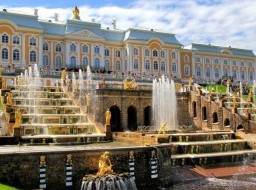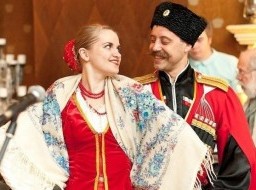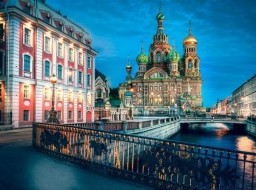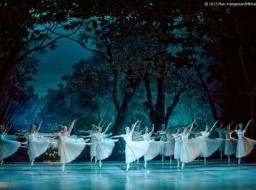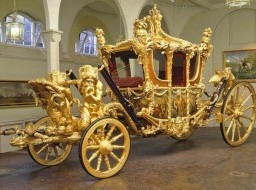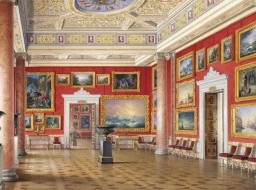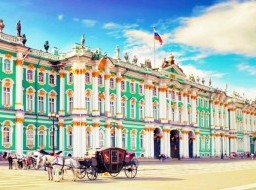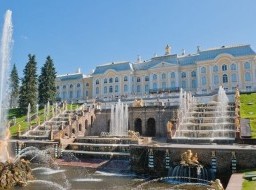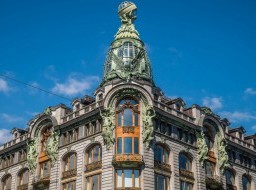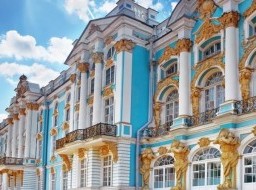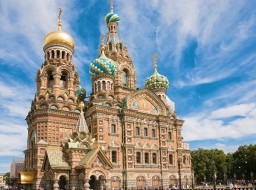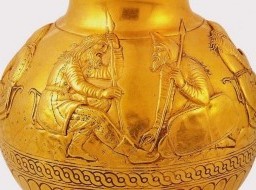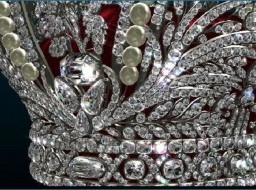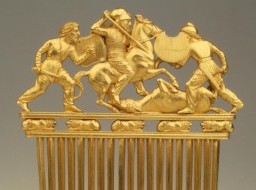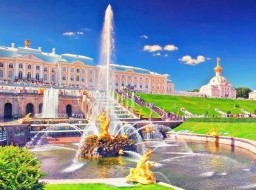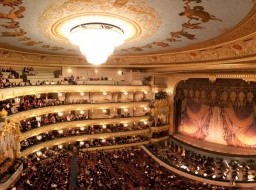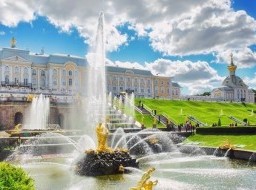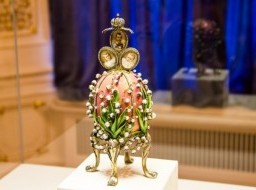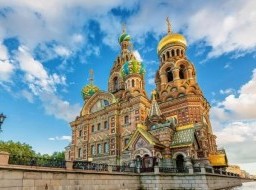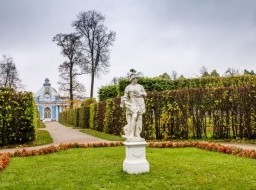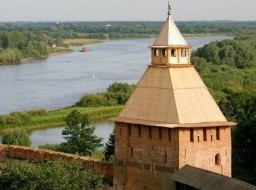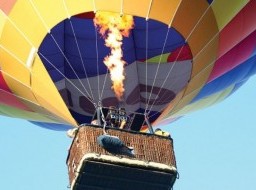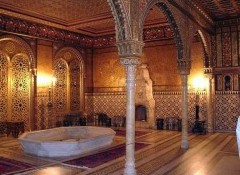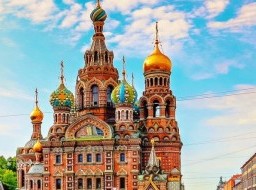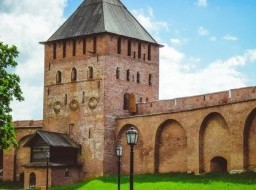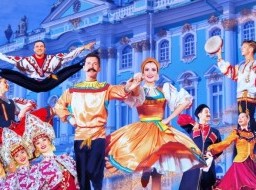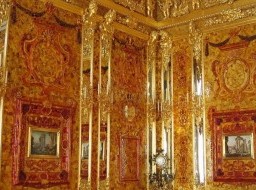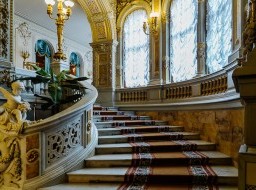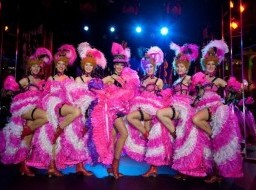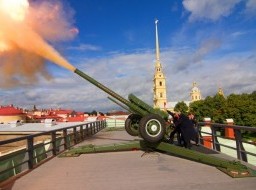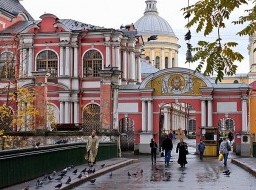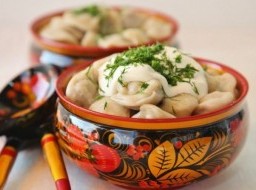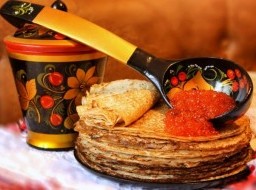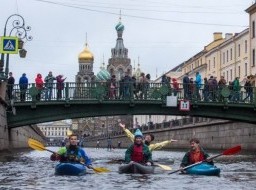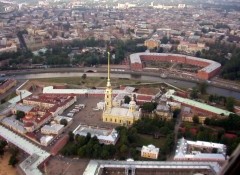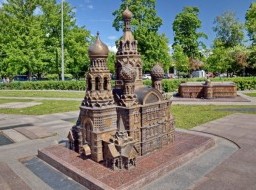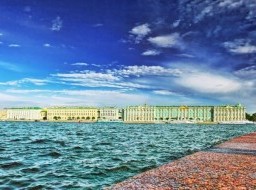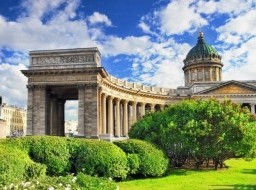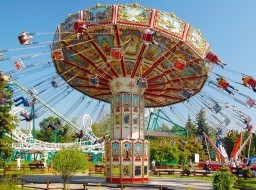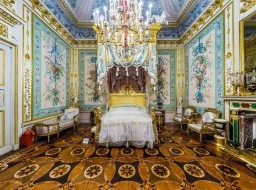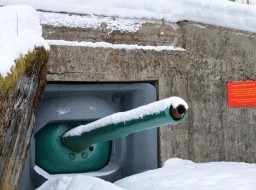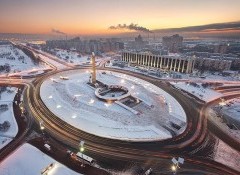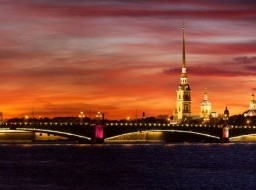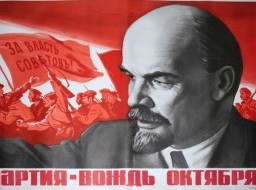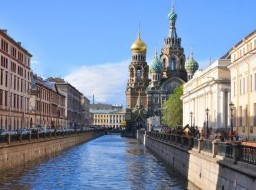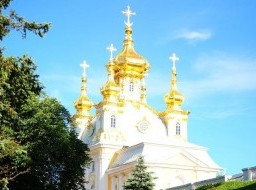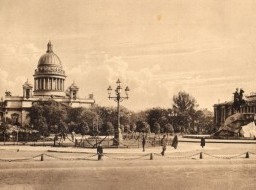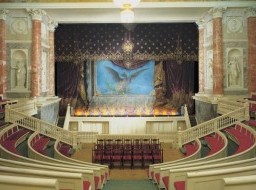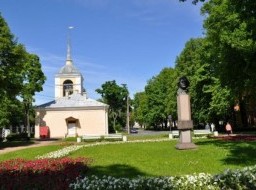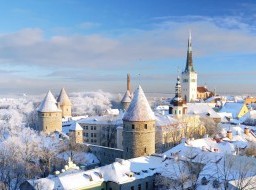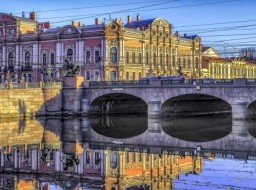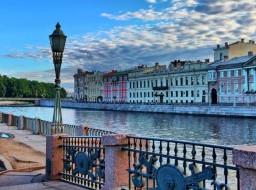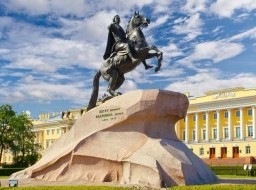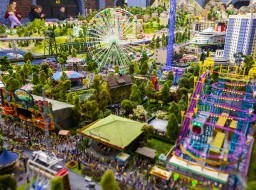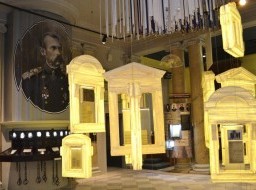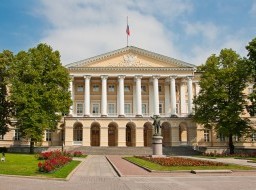Manezhnaya Ploshchad
Despite the fact that the buildings and architectural style of the square have undergone multiple changes, it has always been adored by the townspeople for its quietness, comfort, and natural beauty. As the name suggests, this small, triangular square has a long association with the stabling of animals, but not just horses. Its first four-legged residents were in fact elephants. In the early years of the city, just like neighboring Ploshchad Iskusstv, this space was occupied by orchards and gardens. Then the Persian Shah presented a team of elephants to Empress Anna Ioannovna, and the "Elephants Yard" was established here to house them. These vast and exotic animals could once have been seen bathing in the Fontanka River from a specially constructed wooden platform and their time in the area is commemorated in the name of Karavannaya Ulitsa, which connects the square to Nevsky Prospekt and takes its name from the caravansarai that was established there to accommodate the elephants' keepers. From 1798-1800, Paul I oversaw the construction of the Mikhailovsky Castle and the development of the adjacent area. In the northern part of what was to become Manezhnaya Ploshchad, Vincenzo Brenna built the Mikhailovsky Riding School, the castle's stables, and two pavilions. Here the Emperor's horses were stabled and trained. The space in front of the riding school and stable building became known as Mikhailovskaya Ploshchad (St. Michael's Square), but this name was soon usurped by what is now Ploshchad Iskusstv. Aerial view of Manezhnaya Ploshchad
In the 1820s, in conjunction with the building of Mikhailovsky Palace and Ploshchad Iskusstv, Carlo Rossi was also charged with reconstructing the surrounding area, and this included Manezhnaya Ploshchad. To him we owe the facades of several of the buildings facing the square. In 1867, a wooden building was built in the centre of the square for a troupe of Bremen circus riders led by Karl Ginne. It was at this time the area was officially named Manezhnaya Ploshchad. When the circus found a permanent home nearby on the Fontanka River Embankment, a small garden was laid out in its place, with a fountain in the middle. From 1914 to 1917, an equestrian monument to Grand Duke Nicholas stood in the centre of the square. In 1952, a monument to the great writer Nikolai Gogol was to be erected here to commemorate the centenary of his death, but only the plinth was installed before the project was abandoned. The site once more became home to a fountain. Garden with fountain in the middle of Manezhnaya Ploshchad
In 1917, one of Petrograd's best cinemas, the Splendid Palace, was opened in the building of the Petrograd Credit Union. Soon after the October Revolution, it became the main cinema screen of St. Petersburg, showing the first Soviet feature film in November 1918, and later became known as Dom Kino, the "House of Cinema". To this day it is St. Petersburg's premier art-house cinema and home to the St. Petersburg Union of Cinematographers. In the basement, the Rodina Cinema, opened in 1948 as a children's cinema, is used for festivals, retrospectives and screenings of cinema classics. Dom Kino Cinema Center on Manezhnaya Ploshchad
Another Soviet cinema was established in the building at the corner of Malaya Sadovaya Ulitsa that had originally been constructed for the Assembly of the Nobility in 1912-1914. The building was then taken over by Leningrad Radio and has since been known as Dom Radio - "Radio House". Finally in 1948 the riding school was transformed into the Winter Stadium which hosts sporting events and exhibitions to this day. Winter Stadium on Manezhnaya Ploshchad
Even in the 2000s, Manezhnaya Ploshchad has not stopped evolving. After extensive renovations, the square's opulence from the beginning of the 20th century has been restored, with the installation of a new fence, fountain, and a monument to the writer Ivan Turgenev. On the 300th anniversary of St. Petersburg's founding, busts were unveiled in the central area of the park honoring the Italian architects who built St. Petersburg: Carlo Rossi, Francesco Bartolomeo Rastrelli, Antonio Rinaldi, and Giacomo Quarenghi. The busts were donated to the city by the Italian government and the city of Milan. |
|

